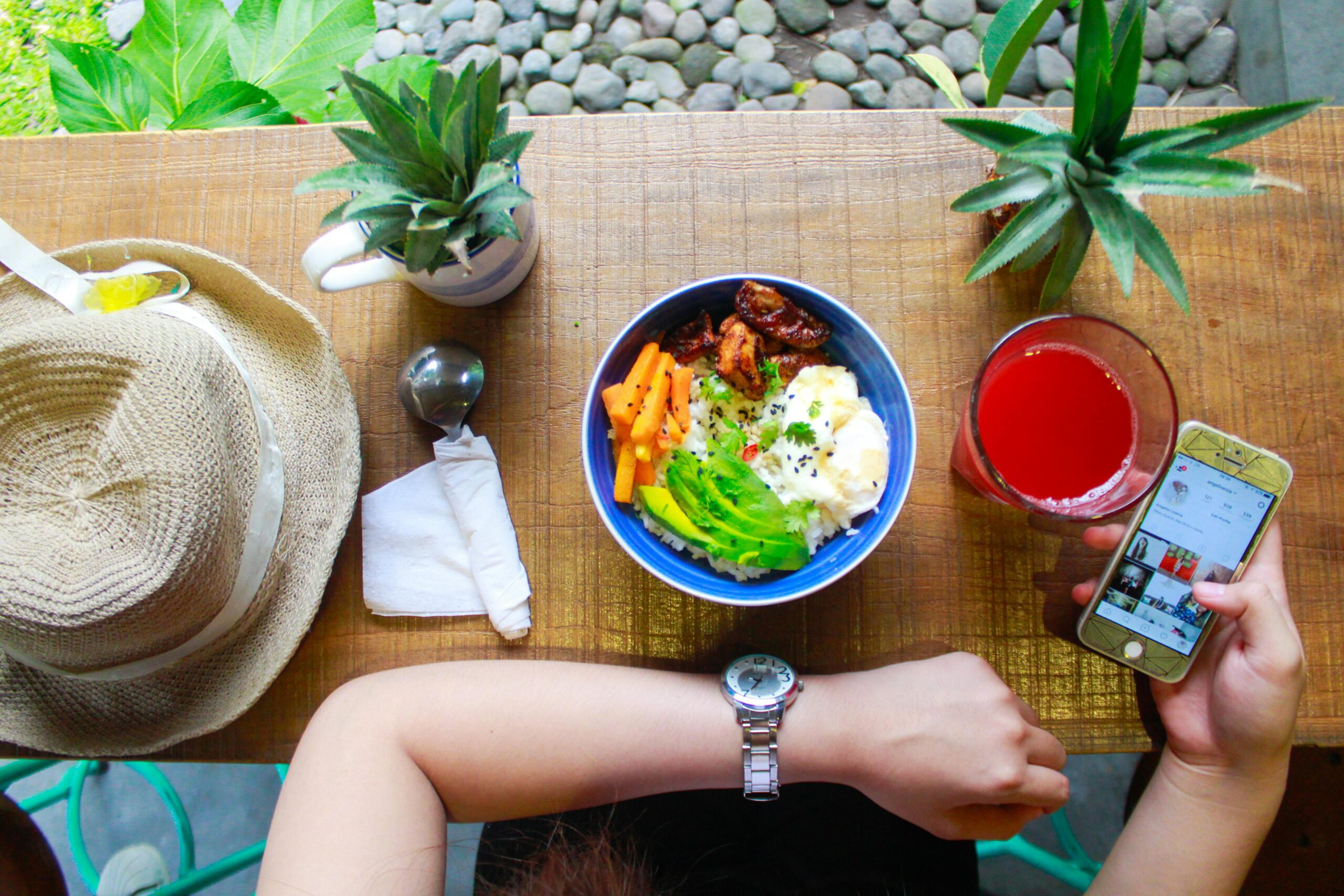In a country where food is not just for sustenance but is also a cultural cornerstone, understanding what’s on our plates is extremely important. Aiming to combat the rising prevalence of obesity and diabetes, ICMR emphasizes a shift towards healthier eating habits.
So, while our traditional thalis may have been laden with fried savories and sugary sweets, the new guidelines advocate for a more balanced nutritious approach:-
Daily requirements:-
190-370 grams of cereals/millets
200 grams of vegetables
300 grams of milk/curd
100 grams of green leafy vegetables
100 grams of fruits
100 grams of roots and tubers
60-120 grams of pulses/beans
30-45 grams of nuts
25-40 grams of fat/oils
Reduce the usage of cooking oil:-
For healthy fats, the ICMR advises limiting cooking oil, and getting essential fatty acids from nuts, oilseeds, dairy, and seafood. These should comprise at least 10% of your daily energy intake. “Cold pressed oils like mustard, sesame, and olive are excellent. Desi ghee, butter, and virgin coconut oil are good too. Oil seeds include flax, chia, basil, pumpkin, sunflower, cucumber, melon seeds etc.”
No to packaged foods:-
As per the guidelines, instant foods like chips, ice-creams, noodles, breakfast cereals, soup mixes, and cake mixes fall into the category of ultra-processed foods and merely enriching or fortifying these foods with nutrients doesn’t render them healthy choices. “Regular consumption of these foods can lead to weight gain, increased risk of heart disease, diabetes, and other health issues. Additionally, packaged foods may lack essential nutrients found in fresh and whole foods, leading to nutrient deficiencies.”
A balanced daily diet plan includes:-
- Breakfast — Whole grain cereal with milk and fresh fruit.
- Lunch — Grilled chicken or tofu salad with mixed vegetables and a whole grain roll.
- Dinner — Baked salmon or lentil stew with brown rice and steamed broccoli.
- Snacks — Greek yogurt with berries, carrot sticks with hummus, or a handful of almonds.
- Hydration — Drink plenty of water throughout the day and limit sugary drinks.
A simple way to include bright colored vegetables and fruits in your diet is through a rainbow diet. The more the more colors, the better the antioxidants and phytonutrients. Also, tubers like potatoes, beetroot, radish, carrots, turnips, sweet potatoes and yam are better options than cereals.
ICMR suggests:-
Bringing the cereal intake down from the current 50-70% to 45% and raising the protein intake from 6-9% to 15%.





